Laser-Based Defense System Development by Lockheed Martin
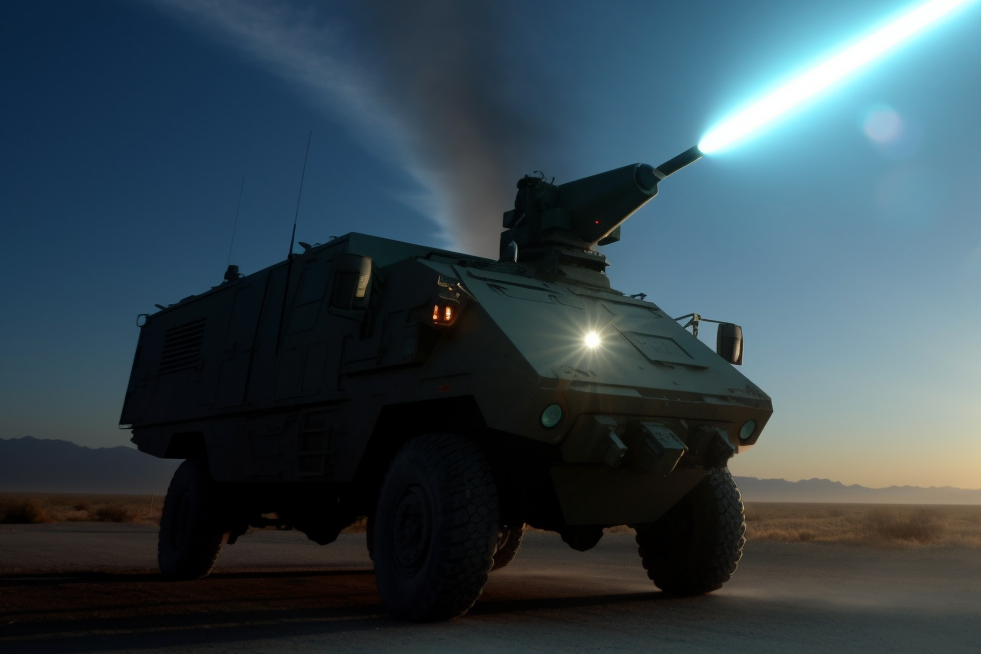
Lockheed Martin is developing a cutting-edge laser-based defense system to destroy incoming missiles and drones. This innovative technology utilizes a high-powered laser to engage and neutralize aerial threats, providing a robust defense against evolving dangers.
Introduction
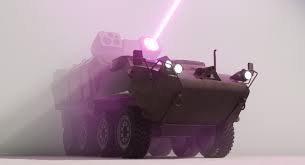
Lockheed Martin has embarked on an ambitious project to revolutionize modern defense capabilities through their advanced laser weapon systems. These sophisticated directed energy weapons are designed to counter a growing array of aerial threats, utilizing cutting-edge technology to provide a more efficient and cost-effective defense solution.
Core Technology
The foundation of this system is the High Energy Laser (HEL) technology, which generates and directs concentrated energy beams with exceptional precision. The system can be configured to deliver varying power outputs, typically ranging from 30 kilowatts to 300 kilowatts, depending on the specific application and platform requirements.

At the heart of the system lies an advanced optical control mechanism that ensures precise targeting while compensating for atmospheric conditions that might otherwise distort the beam.
System Advantages
One of the most compelling aspects of this laser defense system is its remarkable cost-effectiveness when compared to traditional missile defense systems. Unlike conventional weapons that require expensive missiles and ammunition, the laser system primarily uses electricity as its ammunition, dramatically reducing the cost per engagement. This approach eliminates the need for extensive ammunition storage facilities and complex logistics chains for explosive ordinance handling.
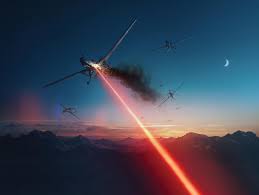
The system delivers unprecedented tactical advantages through its instantaneous engagement capability – the laser travels at the speed of light, making it extremely effective against fast-moving threats. The system can continue operating as long as power is available, without the limitations of traditional ammunition magazines. Furthermore, its precision targeting capabilities minimize the risk of collateral damage, making it particularly valuable in sensitive operational environments.
Deployment and Applications
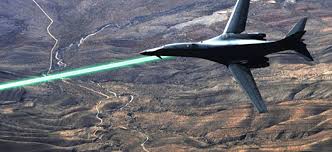
Lockheed Martin has designed the system to be highly versatile in terms of deployment options. The technology can be integrated into ground-based vehicles, naval vessels, and fixed installations, with ongoing research into potential airborne applications. The system has demonstrated effectiveness against a wide range of threats, including small unmanned aerial systems, rockets, artillery shells, small boats, and various aerial threats.
Engineering Challenges and Solutions

The development team continues to address several complex engineering challenges. These include developing more sophisticated atmospheric compensation systems to maintain beam coherence through varying weather conditions, advancing power scaling capabilities to increase effective range and power, and optimizing thermal management systems to handle the heat generated during operation. The team is also focused on enhancing target acquisition and tracking capabilities while reducing the overall size and weight of the system.
Future Development Path
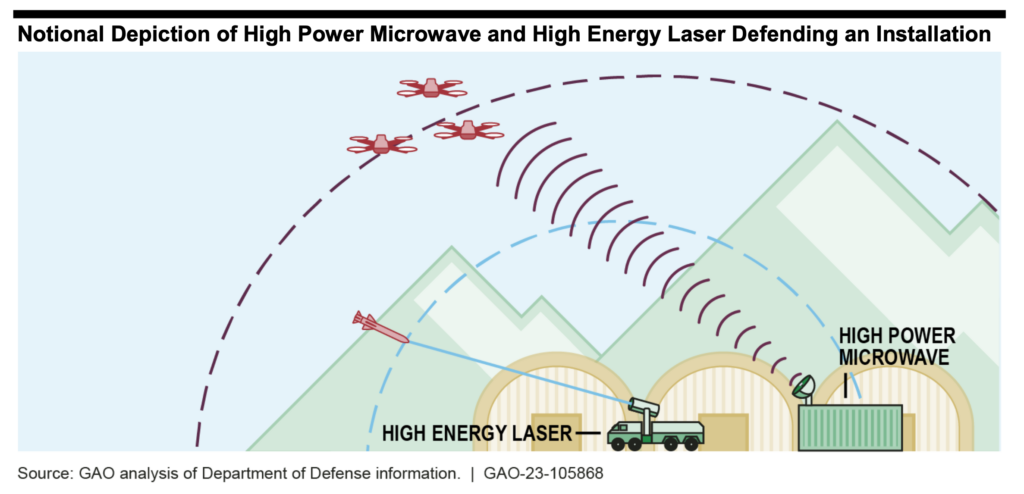
Looking ahead, Lockheed Martin’s development roadmap focuses on several key areas of advancement. Engineers are working to increase the system’s power output while simultaneously improving its mobility and deployment flexibility. Enhanced target discrimination capabilities are being developed to improve the system’s effectiveness in complex battlefield environments. A major focus is on creating systems capable of engaging multiple targets simultaneously and integrating seamlessly with existing air defense networks.
Conclusion
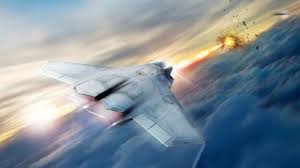
Lockheed Martin’s laser-based defense system represents a significant leap forward in military defense technology. By combining advanced directed energy weapons with sophisticated control systems, they have created a platform that offers both tactical and economic advantages over traditional defense systems. As development continues and the technology matures, these systems are positioned to become a cornerstone of modern integrated defense strategies.
